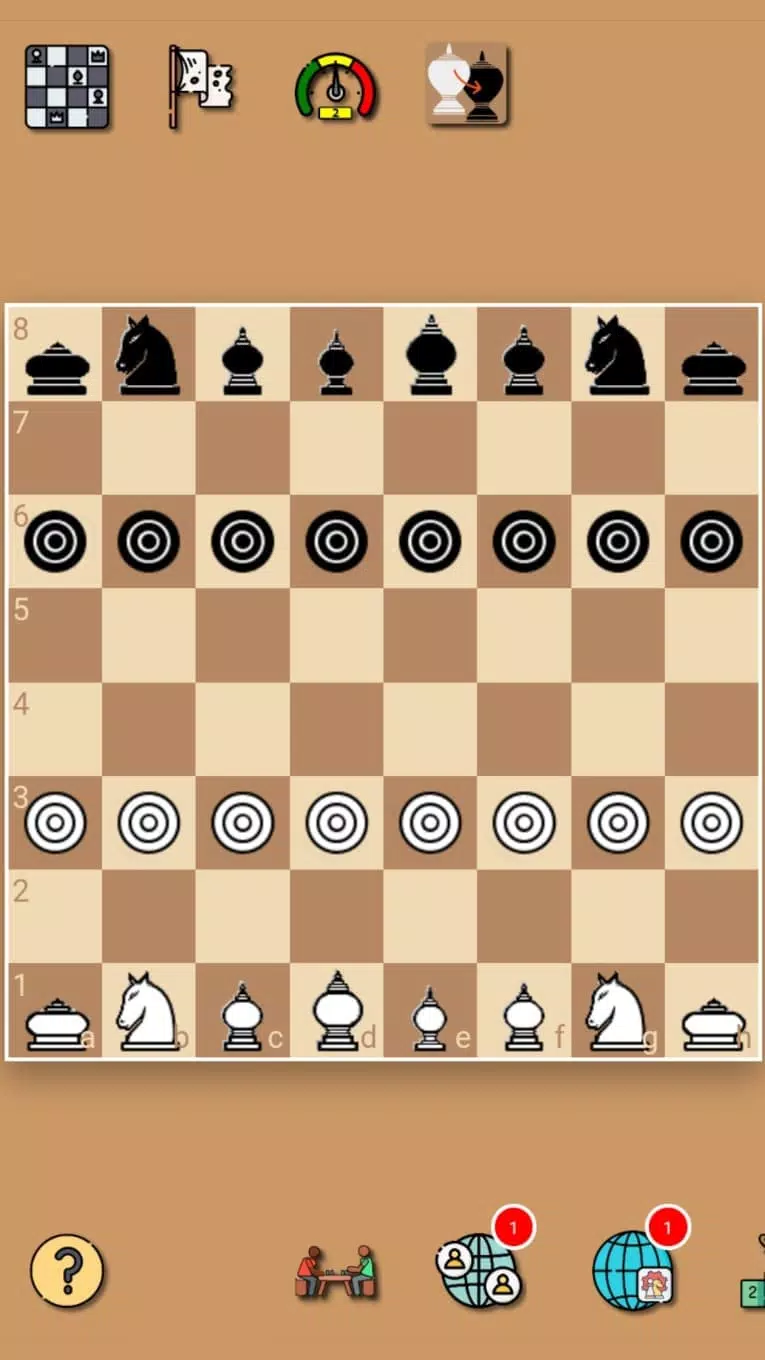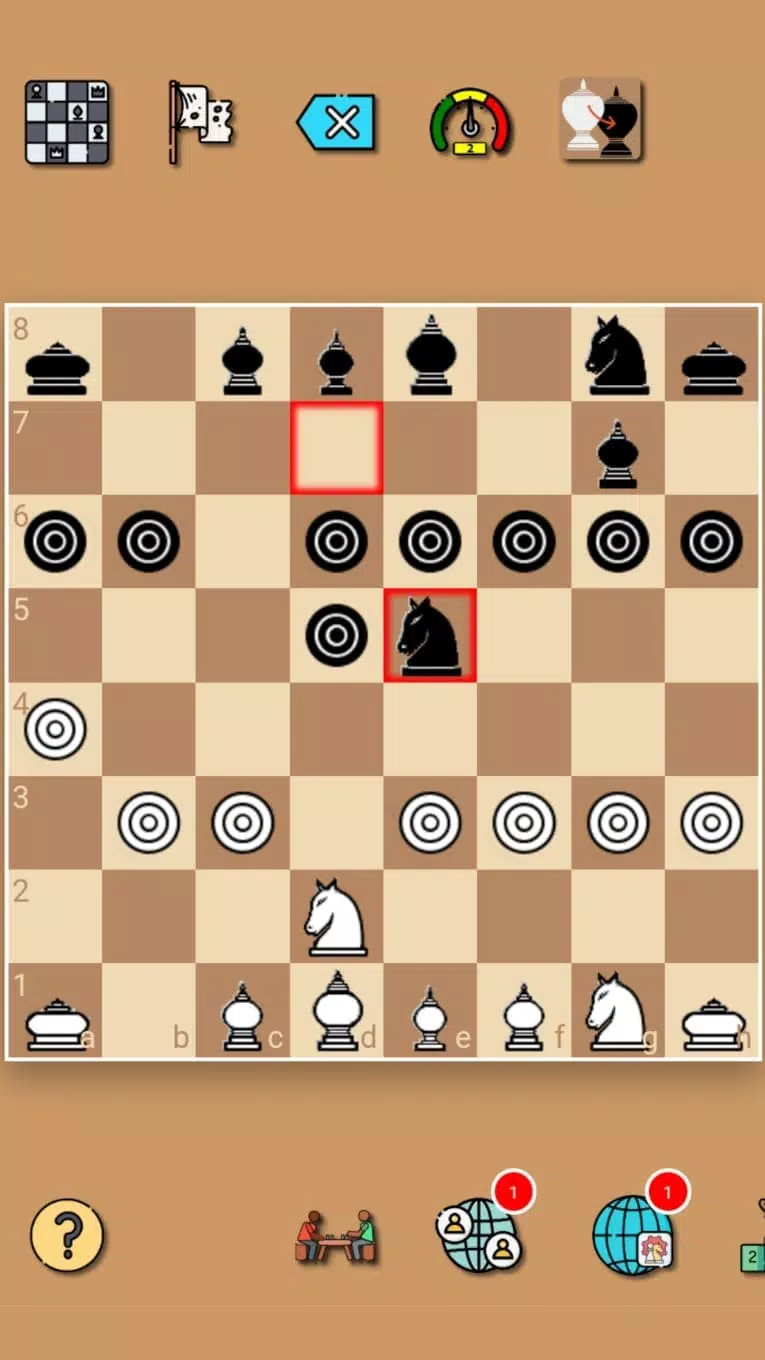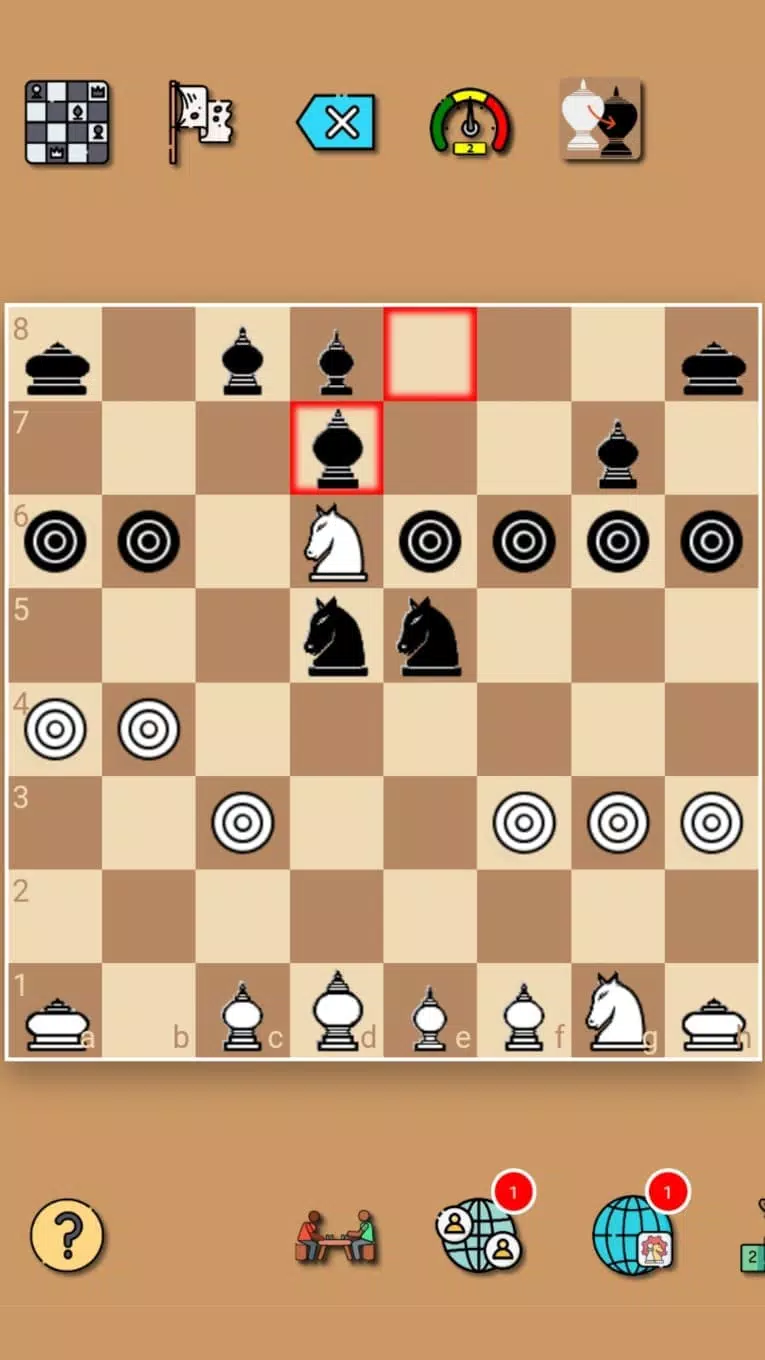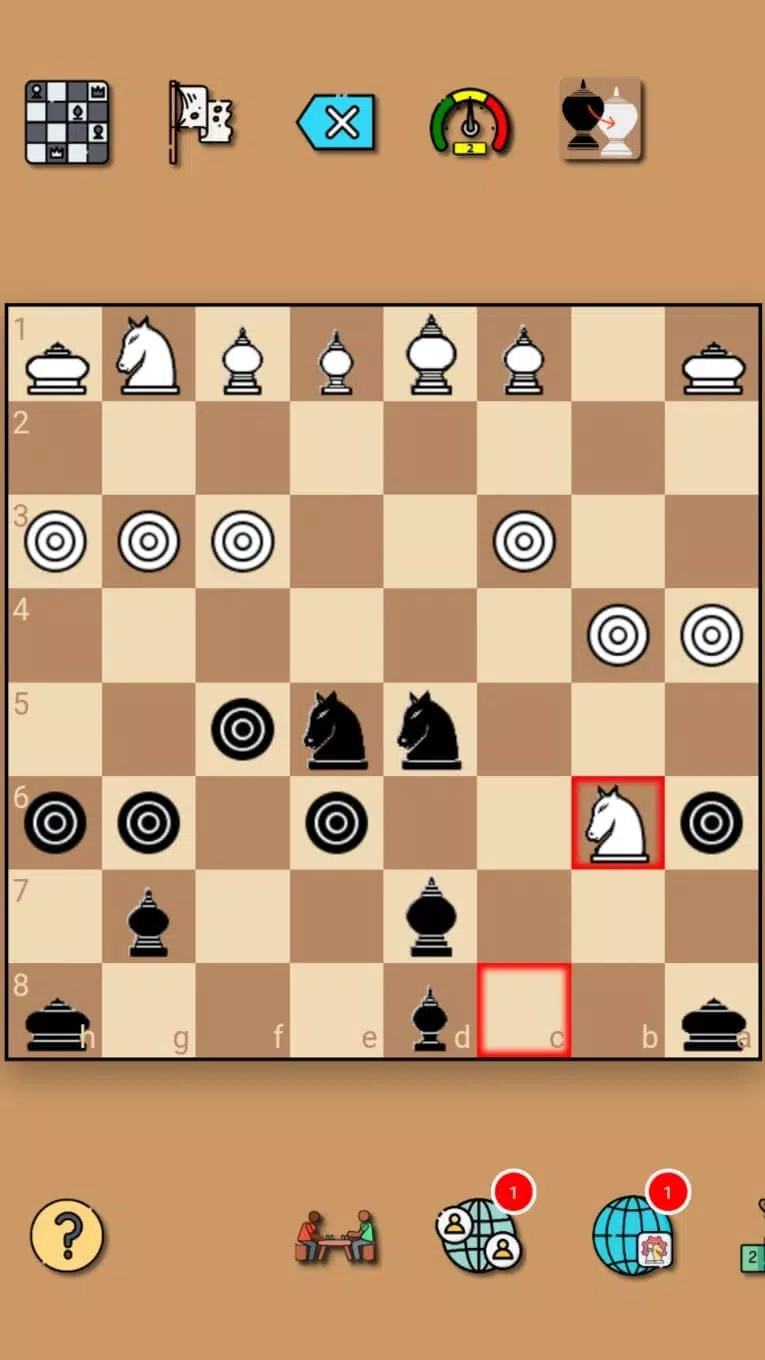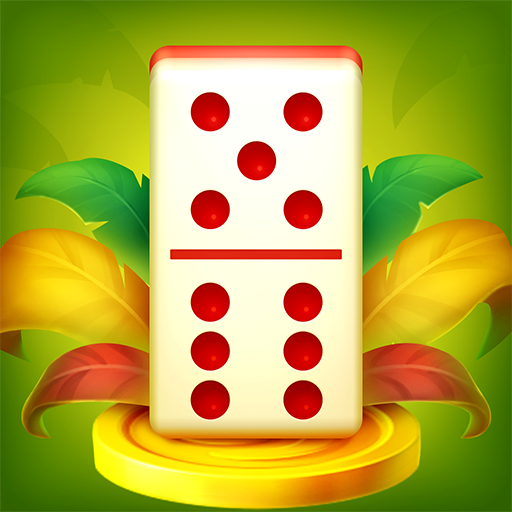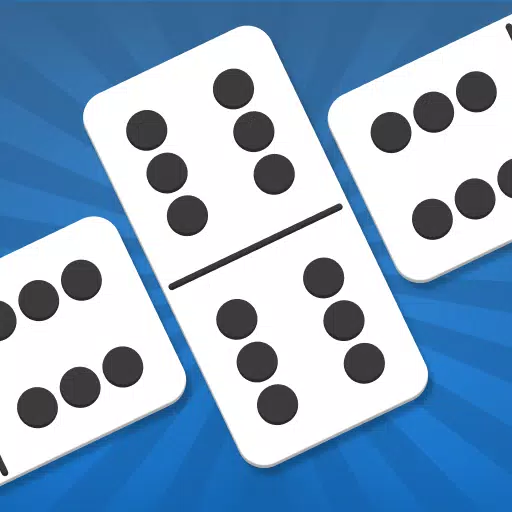Thai Chess: A Guide to Gameplay
Thai chess, a game played on an 8x8 board, shares similarities with classical chess but features key distinctions. The initial setup largely mirrors classical chess, however, there are two notable differences: the white queen begins on e1 and the white king on d1 (each king is to the left of its queen from the player's perspective); and pawns are positioned on the third rank for white and the sixth rank for black.
(Image placeholder - replace with actual image if available)
Piece Movement:
- King: Moves one square horizontally, vertically, or diagonally, as in European chess. Castling is not permitted.
- Queen: Moves only one square diagonally.
- Rook: Moves any number of unoccupied squares horizontally or vertically.
- Bishop: Moves one square diagonally in any direction or one square forward vertically.
- Knight: Moves in an "L" shape: two squares vertically then one horizontally, or vice versa (identical to European chess).
- Pawn: Moves one square forward vertically and captures one square diagonally forward, mirroring European chess rules. Pawns promote to a queen upon reaching the sixth rank.
Winning the Game:
The objective, as in classical chess, is to checkmate the opponent's king. A stalemate results in a draw. The game can be played against artificial intelligence, a human opponent on the same device, or an online opponent in multiplayer mode.


